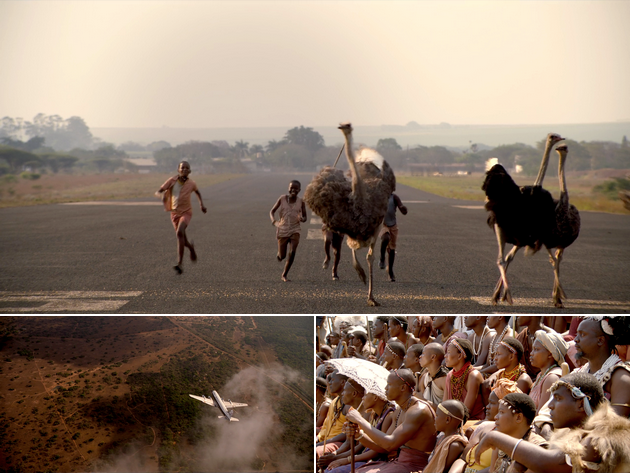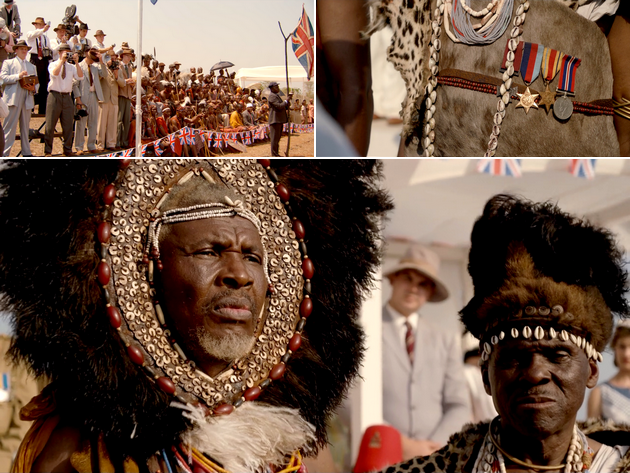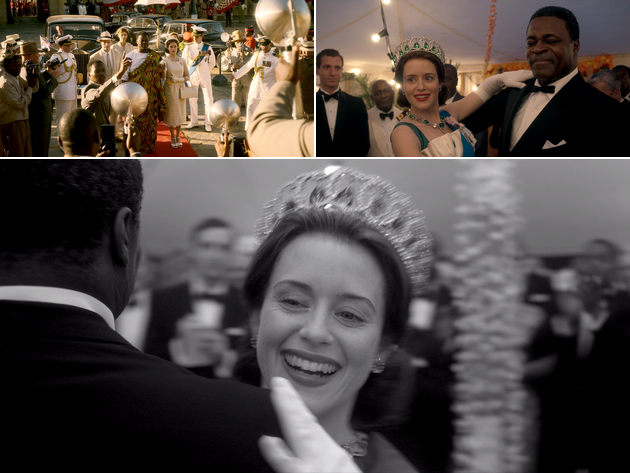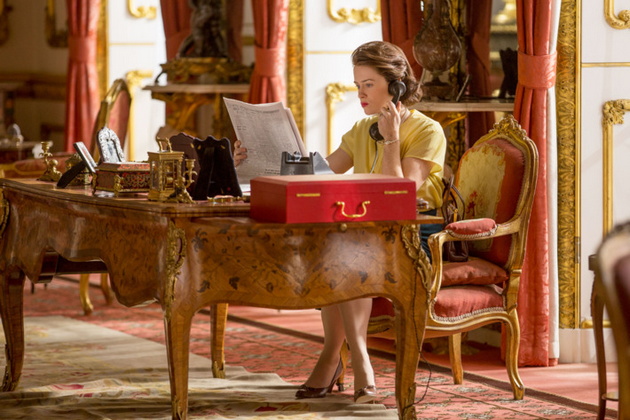-
Par M. R. le 19 Avril 2018 à 17:25
When the King George VI died in February 1952, he did not only pass down his power to his daughter over the United Kingdom, to but a much greater territory. Indeed, despite the independent status, the members’ countries of the Commonwealth still have a monarch. The Commonwealth actually gathers 53 countries that are linked through the past by being former British colonies. They are now independent and own no political duties toward the United Kingdom and share instead linguistic, cultural and historical past.
As a result, when Elizabeth II became queen, she became the head of state of the United Kingdom and others territories overseas. Now, if one compares the extent of the Commonwealth from the Queen’s coronation to nowadays, several countries left the Commonwealth. Nevertheless, this intergovernmental organization remains important to the United Kingdom, allowing to perverse bonds with former colonies such as Canada or Australia. Consequently, it is necessary for the Queen or other Royal members to make frequent tours around the Commonwealth Nations in order to preserve said bonds with between the overseas countries and the British Monarchy.
The article thus aims to analyze how the series The Crown depicts those Royals stays within Commonwealth countries.
The show features around several countries related to the Commonwealth. However, the country is not specifically a member of the organization (apart from Malta and Australia). The country can either be not a member yet, such as Kenya, or inversely proportional, a former member of it such as Ghana.
The article follows chronologically the countries related to the Commonwealth featuring in The Crown.
Malta, 1951

Malta is the first country presented in The Crown, changing the background in the first episode of season one. The Princess Elizabeth and the Duke of Edinburgh, Philip alternate their residence between Clarence House in London and Malta when Philip is serving in the Royal Navy. The stay in Malta appears to be in total opposition with the strict atmosphere that is depicted in London. The colours in the Malta sceneries and shots are bright and colourful while the next scene in London is dull and cold, emphasizing on the two opposed climates in terms of state of mind, apart from the weather.
Kenya, 1952

Following Malta, Kenya is the second Royal Tour in the series. Elizabeth and Philip are visiting Kenya in the name of King George VI whose health is too fragile to allow him to tour.

While the scenery features warm undertones and ethnic elements, the general landscape is mate and lacks of brightness, suggesting the cultural tension between the United Kingdom and Kenya: Philip is unaware of the actual tokens of the Kenyan culture while Elizabeth is tensed due to her father’s health condition.
Australia, 1954

The tour in Australia is the first stay which Elizabeth visits as the Queen with her husband Philip. As for the Kenyan stay, the colours are rather mate yellow and orange as the main shades. The temperature of the images provides a sort of in-betweenness related to the struggle of the visit. The weather conditions are harsh with the heat while the crowd is cheering at the royal couple. Consequently, the scene is tensed and provides an interne perception of the tour to the viewers rather than an illustration of the Australian landscapes.
Solo Royal Tour, 1956

This tour depicts several destinations with Philip, Duke of Edinburgh. The tour features New Guinea, Ceylon (today’s Sri Lanka) and Australia. However, the main landscapes depicted in the shows surprisingly don’t belong to countries which are part of the Commonwealth. The most emphasized stays are in New Guinea or else, illustrating the how Philip is more interested in his personal choices than his in Royal Duties.
Ghana, 1961

The final tour depicted in the show takes places in Ghana towards the end of the second season, in the eightieth episode. The visit was organized in order to temperate the relationship between the United Kingdom and Ghana which recently became independent and demonstrated interest toward the Soviet Union. The Royal Visit is thus tensed and the colours in the shots illustrate it through mat clear tones.

However, an historical moment is represented as well. Symbolically, the Queen Elizabeth dances a fox trot with the President of Ghana, and the surprising turn is immortalized as a black and white focus on Elizabeth II.
In conclusion, the countries included in The Crown are, despite all being related to the Commonwealth, differently approached depending on the personal situation of the Queen and the Duke of Edinburgh, but also depending of the political understatement, through the use of aesthetic and symbolical elements.
Sources:
- Wikipedia - Elizabeth II
- Wikipedia - Commonwealth of Nations
- Wikipedia - Member states of the Commonwealth of Nations
- Time - How The Crown Season 2 Stacks Up Against Prince Philip’s Real-Life Story
- dailymail.co.uk - The dancing Queen
 1 commentaire
1 commentaire
-
Par M. R. le 19 Avril 2018 à 17:52
There are several consequences when one decides to retrace the life of the Queen Elizabeth II. Among the research of historical accuracy and aesthetic faithfulness, the conception of the sets becomes challenging and the task has been assigned to the Oscar-winning production designer Martin Childs.
Despite being the most expensive show ever, The Crown had to face some limits to answer architectural accuracy. First of all, although the series made it look much like it, it is obvious that the production did not film in Buckingham Palace or any other places that Queen ever went to.
As a result, the design of the sets resided in two alternatives: creating sets from scratch and shooting in locations similar to the places Elizabeth II stepped into.
Through the two seasons, more than 300 sets were built with one purpose: to give the viewers the illusion that the modern sets actually looked much older while corresponding to the time period. To do so, Martin Childs said he attempted to incorporate some postwar austerity and neglect.
Those sets were mainly dedicated to the private apartments of the Queen, among the boat of the Royal Navy and London’s Streets. When it came to more consequent locations such as Buckingham Palace or the Westminster Abbey, the shooting took place in different residences.

For example, Buckingham Palace was made up of six locations and two built sets, an interior and an exterior:
The Lancaster House in London's Pall Mall was used for the for the entrance hall of Buckingham Palace.

The Greenwich Naval College served for the courtyard of the Palace.

Wilton House, located in the countryside in Wiltshire was used for several private rooms of the Queen.

For the Westminster Abbey, the coronation and the weddings were filmed in the Ely Cathedral. It permitted Martin Child to focus on a more minimalist canvas rather than erasing every anachronistic aspect of the actual abbey that would have been inaccurate for the show.

Finally, the Ardverikie Estate was used to imitate the Balmoral Castle.

Sources:
- Traditional Home - Designing Royalty: Inside the Set Designs of The Crown
- Vulture.com - How The Crown Re-created Buckingham Palace Without Actually Filming There
- miroir.co.uk - Where is The Crown filmed?
 1 commentaire
1 commentaire Suivre le flux RSS des articles de cette rubrique
Suivre le flux RSS des articles de cette rubrique Suivre le flux RSS des commentaires de cette rubrique
Suivre le flux RSS des commentaires de cette rubrique




